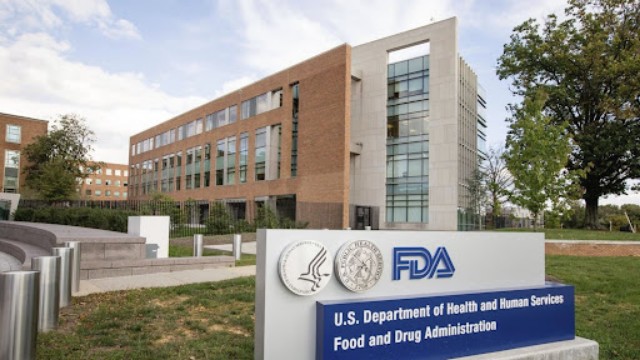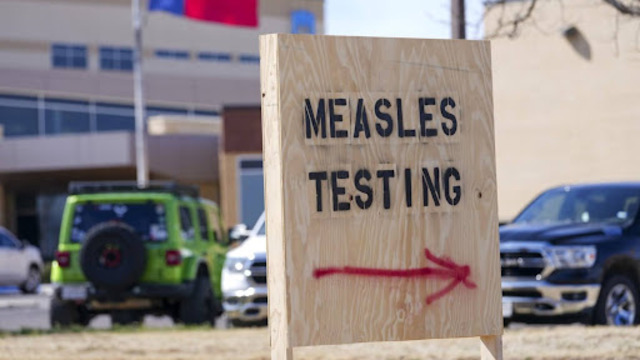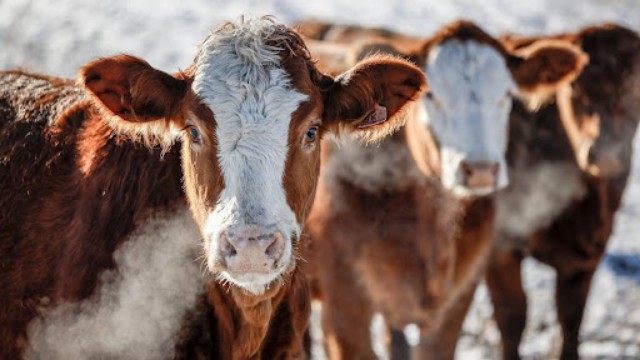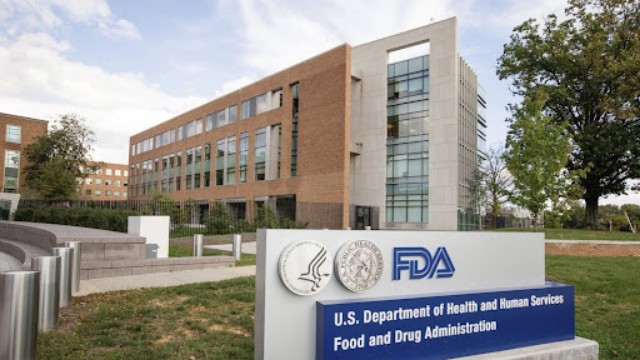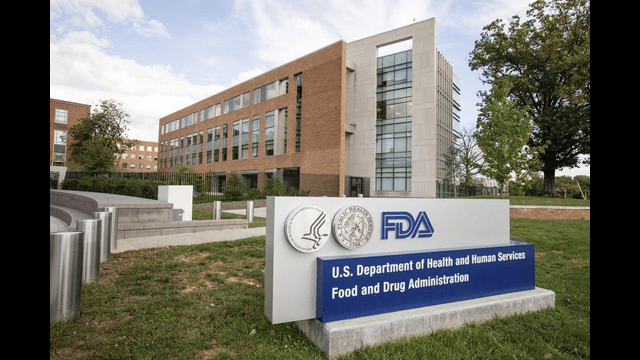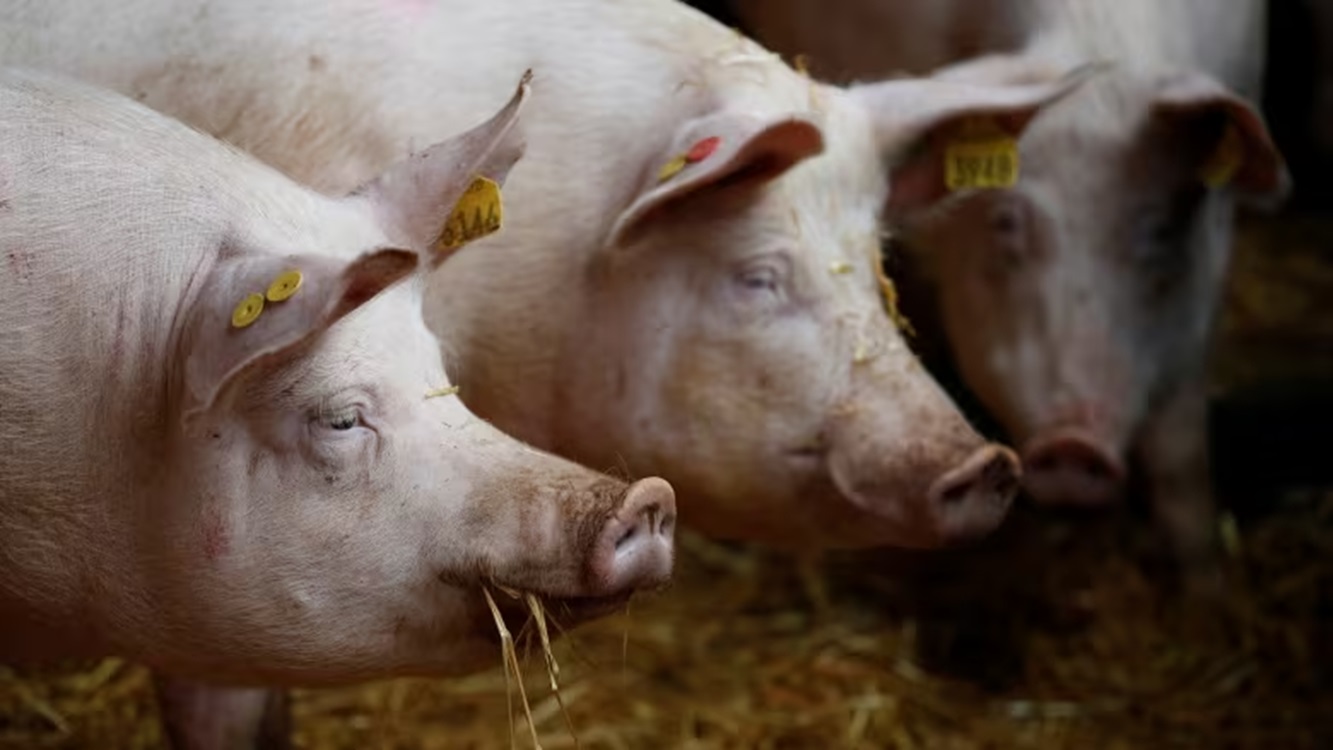
UK Health Security Agency spots a unique but related case of influenza A(H1N2)v in a human – a virus with similarities to those found in pigs. (Phil Noble/Reuters)
Health authorities in the United Kingdom are currently in a race against time to identify and trace the contacts of the country's first reported case of a unique strain of swine flu. The U.K. Health Security Agency (UKHSA) recently confirmed the detection of a solitary case of influenza A(H1N2)v during routine national flu surveillance.
While there have been numerous instances of human cases associated with this strain globally since 2005, officials emphasize that the genetic makeup of this particular case is unrelated to any previously reported instances. According to the UKHSA's statement, the infection discovered in the U.K. falls under a distinct category (1b.1.1), differing from recent occurrences of influenza A(H1N2) in other parts of the world but sharing similarities with viruses found in swine within the U.K.
The individual affected by the virus experienced a mild illness and has since fully recovered. However, the source of the infection remains unknown, prompting health authorities to swiftly implement contact tracing measures and undertake thorough investigations to determine the origin of the infection and assess the possibility of additional cases.
Meera Chand, the UKHSA's incident director, emphasized the agency's commitment to rapidly tracing contacts and minimizing the potential spread of the virus. The established protocols include heightened surveillance in medical facilities and hospitals in North Yorkshire, a region in northern England.
Swine influenza A viruses, including subtypes H1N1, H1N2, and H3N2, are known to infect pigs and occasionally cross over to humans. This typically occurs through direct or indirect exposure to pigs or contaminated environments, as stated by UKHSA officials. The broader strain, influenza A(H1N2)v, has seen a total of 50 reported human cases across various countries, including Canada.
In late 2021, Manitoba's Department of Agriculture and Resource Development reported a singular case of variant H1N2 to the Public Health Agency of Canada. Notably, there was no evidence of human-to-human transmission, and the case appeared to be isolated. The previous year, Manitoba reported cases of variant influenza viruses in two unrelated individuals, with instances of H1N2, H1N1, and H3N2 variant influenza.
The mention of the 2009 pandemic caused by a different strain of H1N1 influenza A virus serves as a reminder of the potential severity of swine flu variants. This particular strain, originating from genetic material in pigs, birds, and humans in the 1990s and 2000s, had a global impact, earning the name "swine flu." While H1N1 continues to circulate seasonally in humans, it is distinct from current virus strains in pigs. Health authorities are actively engaged in surveillance and investigations to contain the recent case and prevent any further spread, underscoring the importance of early detection and intervention in managing public health risks associated with swine flu variants.



